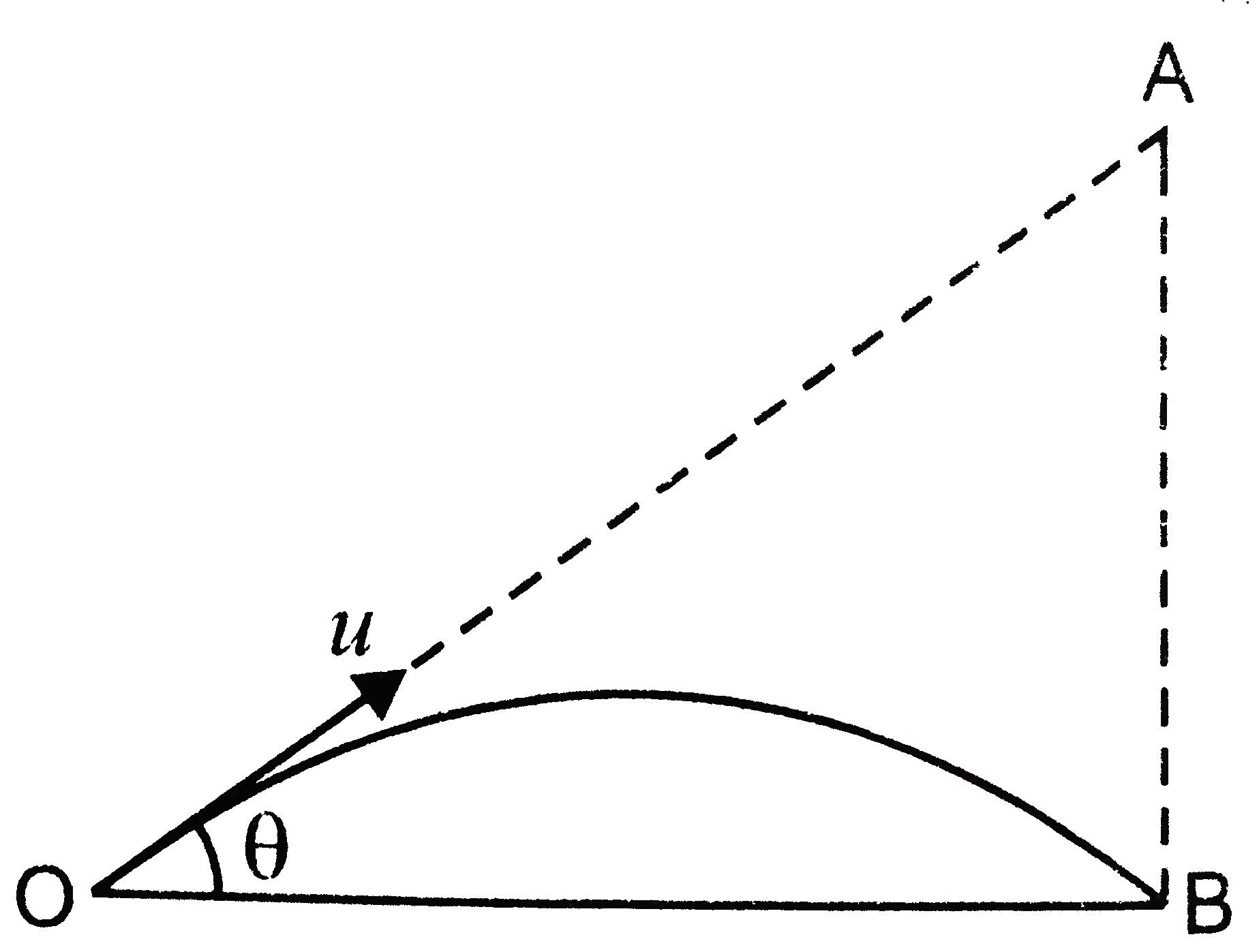A cannon fires successively two shells from the same point with velocity V0=250m/s, the first at the angle θ1=60∘ and the second at the angle θ2=45∘ to the horizontal, the azimuth being the same. Neglecting the air drag, find the approximate time interval between firings leading to the collision of the shells (g=9.8m/s2)
Step by step video & image solution for A cannon fires successively two shells from the same point with velocity V_(0)=250m//s, the first at the angle theta_(1)=60^(@) and the second at the angle theta_(2)=45^(@) to the horizontal, the azimuth being the same. Neglecting the air drag, find the approximate time interval between firings leading to the collision of the shells (g=9.8m//s^(2)) by Physics experts to help you in doubts & scoring excellent marks in Class 11 exams.
Updated on:21/07/2023Topper's Solved these Questions
- KINEMATICSBOOK - PHYSICS GALAXY - ASHISH ARORACHAPTER - KINEMATICSEXERCISE - Practice Exercise
96 Videos
- KINEMATICSBOOK - PHYSICS GALAXY - ASHISH ARORACHAPTER - KINEMATICSEXERCISE - Discussion Question
18 Videos
- GRAVITATIONBOOK - PHYSICS GALAXY - ASHISH ARORACHAPTER - GRAVITATIONEXERCISE - Unsolved Numerical
94 Videos
- LINEAR MOMENTUM & ITS CONSERVATIONBOOK - PHYSICS GALAXY - ASHISH ARORACHAPTER - LINEAR MOMENTUM & ITS CONSERVATIONEXERCISE - exercise 1.3
3 Videos
Similar Questions
A cannon files successively two shells with velocity v0=250m/s, the first at the angle θ1=60∘ and the second at the angle θ2=45∘ to the horizontal, the azimuth being the same. Neglecting the air drag, find the time interval between firings leading to the collision of the shells.
View SolutionTwo bodies were thrown simultaneously from the same point, one, straight up, and the other, at an angle of θ=60∘ to the horizontal. The initial velocity of each body is equal to v0=25m/s. Neglecting the air drag, find the distance between the bodies t=1.70s later.
View Solution
Knowledge Check
A bullet is fired from a cannon with velocity 500 m/s. If the angle of projection is 15∘ and g=10m/s2. Then the range is
A25×103mB12.5×103mC50×102mD25×102mA particle is projected horizontally with a speed V=5m/s from the top of a plane inclined at an angle θ=37∘ to the horizontal (g=10m/s2)

Find the time taken by the particle to hit the plane.A34sB3sC4sD43s
Two bodies were thrown simultaneously from the same point , on straight up and the other, at angle θ=60∘ to the horizontal . The initial velocity of each body is equal to u=30m/s. Neglecting the air resistance, find the distance between the bodies after 2 seconds.
View SolutionA ball is thown at angle θ and another ball is thrown at angle (90∘−θ) with the horizontal direction from the same point each with speeds of 40 m/s. The second ball reaches 50 m higher than the first ball. Find the individual heights. g=10m/s2
View SolutionA projectile is fired at an angle θ with the horizontal direction from o Fig. 2 (d). 30. Neglection the air friction, it hits the grond at (B) after 3 seconds. What is the heith of point (A) from groun? [Use g=10 m//s^(2)]
 .
.
View SolutionA cannon fires two shells successively with velocity 250ms−1 at angles 60∘ and 45∘ with the horizontal in the same vertical plane one after the other . What should be the interval between the firings so that they may hit the same target simultaneously ?
View SolutionA ball is thrown at angle θ and another ball is thrown at an angle (90∘−θ) with the horizontal direction from the same point with velocity 39.2ms−1. The second ball reaches 50 m higher than the first ball. Find their individual heights. Take g=9.8ms−2.
View SolutionTwo particles are thrown from the same point with the same velocity of 49ms−1. First is projected making angle θ with the horizontal and second at an angle (90∘−θ). The second particle is found to rise 22.5 m higher than the first. Find the height to which each particle will rise.
View Solution
